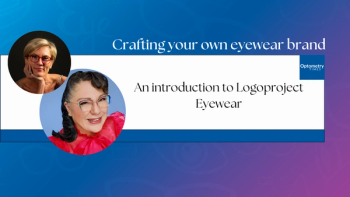
Clinicians should consult literature so treatment options are current
If the diploma on your office wall isn't freshly minted, chances are many of the decisions you make every day are based on outdated information from your optometry school classes.
Atlanta-If the diploma on your office wall isn't freshly minted, chances are many of the decisions you make every day are based on outdated information from your optometry school classes.
"There are a number of things we were taught during our training that, on reflection and further study, we find are no longer true or were never true, but rather based upon opinion and not fact," said Joseph Sowka, OD, FAAO, Diplomate, at the SECO meeting.
Myth: Dilate blood pressure patients
For example, clinicians have long been hesitant to dilate patients with markedly elevated blood pressure, particularly using an agent such as phenylephrine. The fear was that the drug, even at a low concentration of 2.5%, would further elevate blood pressure and put patients at risk of a cardiac event, Dr. Sowka said.
"There's never been any support behind this concept," he added. "When you look in the literature, there have been no adverse effects to patients using this agent at this concentration."
Myth: Dilating pregnant patients
Clinicians are also concerned about dilating patients who are pregnant or nursing. Their unease is due to the fear of teratogenic effects to the unborn child or the possibility of toxicity or other life-threatening effects to the newborn.
"When risks are outweighed by benefits of either dilation or therapeusis, this sometimes needs to be done," Dr. Sowka added. "But it should be done with informed consent from the patient and possibly in consult with the obstetrician."
He said that the highest potential for teratogenicity to the fetus is in the first trimester.
Newsletter
Want more insights like this? Subscribe to Optometry Times and get clinical pearls and practice tips delivered straight to your inbox.
















































.png)


